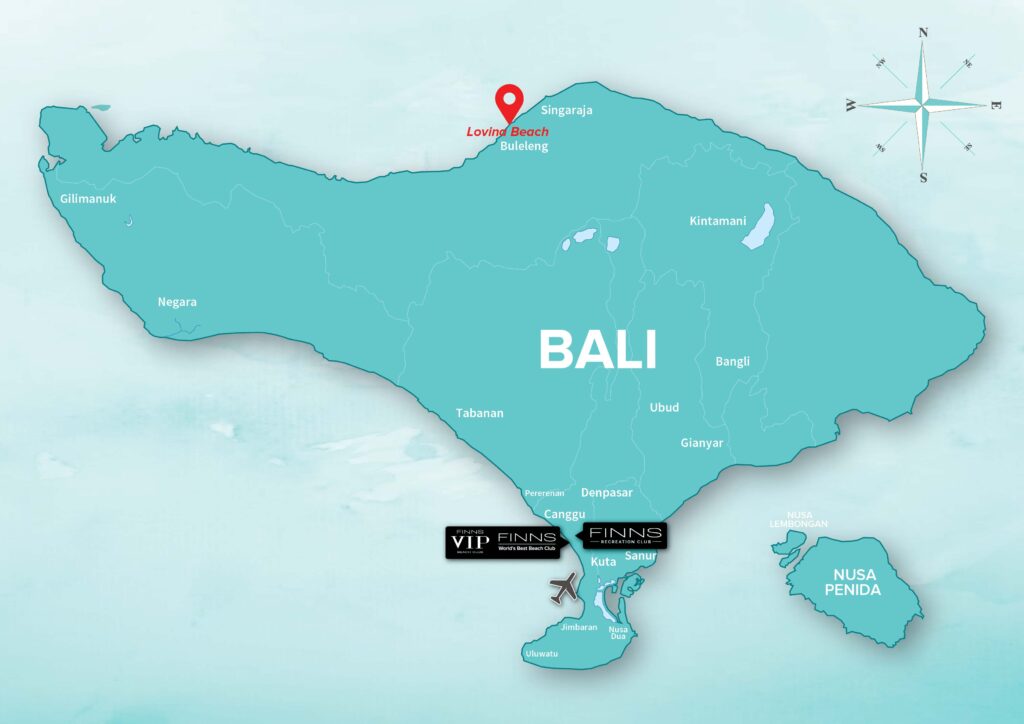The vibrant district of Buleleng in northern Bali, with Singaraja as its capital, is home to one of Bali’s most spectacular cultural events—the Ogoh-Ogoh parade. This fascinating tradition, particularly magnificent in Buleleng, attracts tourists and cultural enthusiasts from around the world.
The Cultural Significance of Ogoh-Ogoh
Ogoh-Ogoh are massive paper and bamboo effigies representing evil spirits or “bhuta kala.” These intricately designed statues, often reaching several meters in height, are paraded through the streets the evening before Nyepi (Balinese Day of Silence). The parade serves as a purification ritual, symbolizing the expulsion of negative energies from the community before the new year begins.
In Buleleng, local artists and youth groups spend weeks crafting these detailed sculptures, each representing different demons or characters from Hindu mythology. The craftsmanship seen in Singaraja’s Ogoh-Ogoh displays exceptional creativity, with designs ranging from traditional demons to contemporary social commentaries.
The Ogoh-Ogoh Festival Experience in Singaraja
Singaraja’s Ogoh-Ogoh festivities are particularly renowned for their scale and enthusiasm. As the former colonial capital of Bali, Singaraja blends traditional Balinese culture with historical influences, creating a unique atmosphere during the celebrations.
On parade night, the main streets of Singaraja transform into vibrant performance venues. Each banjar (community group) presents their Ogoh-Ogoh accompanied by gamelan music and energetic dancing. The statues are shaken and rotated at crossroads—a ritual believed to confuse evil spirits and prevent them from following the procession back home.
What makes Buleleng’s celebrations distinctive is the competitive spirit between villages, with each striving to create the most impressive Ogoh-Ogoh. This friendly competition has elevated the artistic quality of the effigies, making Singaraja one of the best places to witness this cultural phenomenon.
Lovina: The Perfect Base for Experiencing Ogoh-Ogoh
Just 12 kilometers west of Singaraja lies Lovina, a coastal area famous for its black sand beaches and dolphin watching. During the Ogoh-Ogoh season, Lovina offers visitors a perfect combination of cultural immersion and relaxing beachside ambiance.
Lovina’s laid-back charm contrasts beautifully with the excitement of the Ogoh-Ogoh celebrations. Visitors can spend their days enjoying Lovina’s natural attractions—swimming in calm waters, watching dolphins at sunrise, or exploring nearby waterfalls like Gitgit and Sekumpul—before experiencing the evening’s cultural festivities.
Many hotels and guesthouses in Lovina arrange transportation to Singaraja for the Ogoh-Ogoh parade, making it convenient for tourists to participate. The beachfront accommodations in Lovina range from budget-friendly homestays to luxurious resorts, catering to all types of travelers.
Beyond the Parade: Cultural Experiences in Buleleng
While the Ogoh-Ogoh parade is the highlight, visitors to Buleleng during this period can explore other aspects of Balinese culture. The region boasts ancient temples like Pura Beji and Pura Ponjok Batu, historic sites including the Gedong Kirtya manuscript library, and traditional markets where local crafts and cuisine can be sampled.
Singaraja itself offers glimpses into Bali’s colonial past through its Dutch-influenced architecture and the Harbor area. The city’s multicultural heritage is evident in its Chinese temples, Islamic influences, and traditional Balinese elements that coexist harmoniously.
Planning Your Visit
The Ogoh-Ogoh parade takes place on the evening before Nyepi (usually in March or April, according to the Balinese calendar). If you’re planning to experience this cultural phenomenon, book accommodations in Lovina or Singaraja well in advance, as the event attracts many domestic and international visitors.
Remember that Nyepi itself—the day after the parade—requires visitors to respect the island-wide silence. During this 24-hour period, no activities are permitted outside accommodations, including at Lovina Beach. This day of introspection provides a fascinating contrast to the previous evening’s exuberant celebrations.
Buleleng’s Ogoh-Ogoh tradition offers visitors an authentic glimpse into Balinese spiritual culture while Lovina provides the perfect relaxing complement to this intense cultural experience. Together, they represent the beautiful duality of Bali—deep-rooted traditions alongside natural paradise—making north Bali an essential destination for cultural travelers.






